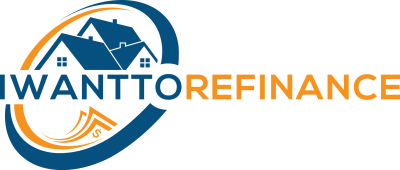Main Points:
-
VA mortgages are a valuable benefit provided to veterans and active service members.
-
VA home loans offer advantages such as no down payment or mortgage insurance, flexible underwriting, and assumable loans.
-
While the VA does not set a maximum loan amount, most lenders have their own VA loan limits.
Table of Contents:
1. What Are VA Home Loans?
2. How Do VA Loans Function?
3. Requirements for VA Loans
4. How to Obtain a VA Loan
Introduction:
The U.S. Department of Veterans Affairs offers a range of benefits to military members and their families, including the popular VA loan program. VA loans are designed to assist service members, veterans, and eligible surviving spouses in becoming homeowners. Instead of directly providing loans, the VA partners with lenders to guarantee home loans. Understanding the requirements of VA loans can help determine if this mortgage option is suitable.
What Are VA Home Loans?
VA loans are mortgages backed by the government, with private lenders providing loans to eligible borrowers. The Department of Veterans Affairs guarantees these loans, reducing the financial risk for lenders. Consequently, VA loans offer advantages not found in other home loan types, such as no down payment requirement, low-interest rates, and limited closing costs. VA loans can be utilized to purchase a home, complete a cash-out refinance for an existing property, or refinance to a lower interest rate. Additionally, the VA provides a direct loan program for eligible Native American veterans to purchase or build homes on Federal Trust Land or lower interest rates on VA loans.
How Do VA Loans Work?
VA loans provide funding for eligible service members, veterans, and their families to purchase a home or refinance an existing loan. The VA does not directly lend to borrowers but collaborates with private lenders to support home loans, similar to how FHA loans backed by the Federal Housing Administration function. Borrowers apply for a mortgage with a lender offering VA home loans, and the VA loan benefit can be used multiple times during a borrower's lifetime. Payments are made to the lender like any other home loan, with the VA's backing coming into play if the borrower is unable to make mortgage payments, assisting the lender in recouping some of the financial loss.
Requirements for VA Loans:
Since VA loans are government-backed mortgages, specific requirements must be met to qualify. Eligibility is typically determined by factors such as length of service or service commitment, duty status, and character of service. Before meeting other VA loan requirements, a Certificate of Eligibility (COE) must be obtained. The COE verifies eligibility based on military status and length of service, which can be requested online along with providing proof of service. Service requirements vary depending on veteran, active-duty servicemember, National Guard member, or reserve member status, and the necessary paperwork also varies accordingly. Discharged veterans typically submit Form DD 214, while active duty service members can provide a statement of service signed by their commanding or unit officer. National Guard and Reserve members need to submit NGB Form 22 or proof of honorable discharge, respectively. In cases where the minimum service requirements are not met, approval for a COE can still be possible for reasons such as hardship, government convenience, early out, reduction in force, certain medical conditions, or a service-connected disability. After obtaining a COE, additional VA loan requirements must be fulfilled, including property requirements, credit and income requirements, down payment considerations, and closing costs.
How to Obtain a VA Loan:
For those interested in using VA loans to purchase a home or refinance an existing VA loan, specific steps need to be taken. The process typically involves choosing a VA-approved lender, obtaining a COE if not already done, and completing the loan application.
Additional steps include finding an eligible property, making an offer that is accepted by the seller, and going through the appraisal and inspection processes. These steps may involve negotiating the sale price or addressing any issues identified during the inspection. Once all matters are resolved, the closing can take place, and the keys to the new home can be received. To explore VA loan options, it is advisable to shop around and compare lenders to find the best rates.


